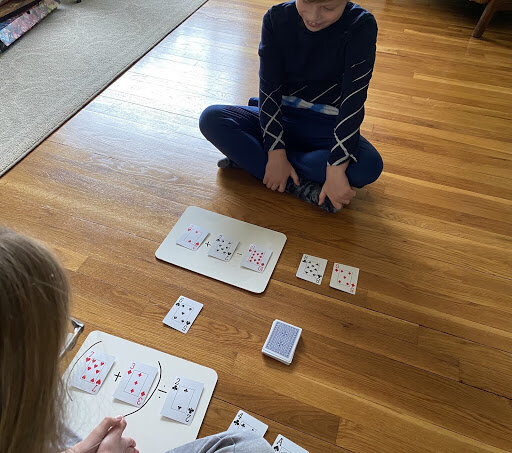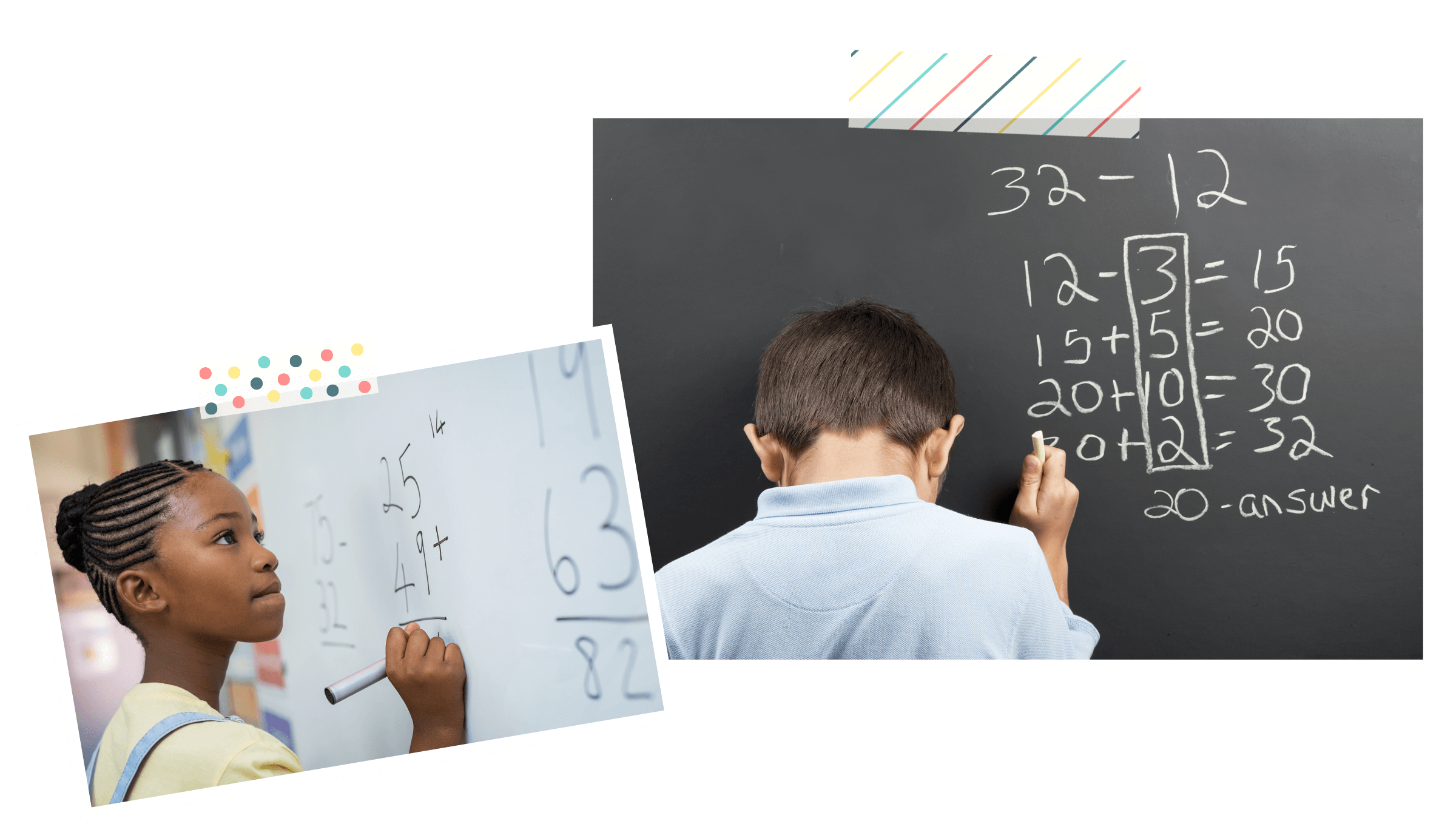Sit back, relax and embrace the gift of time with Anne’s 2021 summer picks
Summer gives us the gift of time to read for pleasure with longer days, warmer weather, and more sunlight. Let’s see what our reading can look like this summer whether you’re sitting on a beach, on a road trip with your family, in a bunk at summer camp, or just relaxing. After a year of quarantining and isolation, let’s make it a goal to turn off our phones and shut off computers to experience the joy of turning pages - paper or digital.
With that in mind, here are some of my favorite summer reads to consider. They run the gamut of gripping, endearing, educational, inspiring, and entertaining, so be sure to check them out. I’ve made sure to include something for everyone, so feel free to share the list with friends and family as well. Have a great summer filled with happy reading!
Parents
Deacon King Kong by James McBride: “Some novels about city life are poems of alienation, interior portraits of the existentially isolated, but James McBride’s vision of New York is one of overwhelming human profusion.” (New Yorker)
A Place For Us by Fatima Farheen Mirza: Mirza's book gets to a universal truth: To be part of a family is to learn how to be more than one person, how to remain an individual while fulfilling the duties we have to those who love us, who made us. It is almost never easy; it is sometimes, in fact, impossible.” (NPR)
High School
Oasis by Katya Becerra: A supernatural thriller about six teenagers stranded on an oasis in the desert
Clap When You Land by Elizabeth Acevedo (novel in verse): Two teenage girls realize that they share a father
Found by Joseph Bruchac: After witnessing a crime, Nick survives in the wilderness to escape the murderer
Girl, Unframed by Deb Caletti: While spending summer with her movie-star mother, Sydney, 16, finds love but also finds danger
This Is My America by Kim Johnson: Teenager Tracy fights against racism in the justice system
Middle School
Danny Constantino's First (and Maybe Last?) Date by Paul Acampora: A Middleschooler, Danny reconnects with an old friend, who is now a celebrity
Raising Lumie by Joan Bauer: Newly orphaned and living with the half-sister, Olive, 12, rediscovers hope when she trains a guide dog puppy
Catherine's War by Julia Billet (graphic novel): Set in France during WWII, Rachel Cohen must goe into hiding after being separated from her parents
One Last Shot by John David Anderson: Malcolm, 12, takes up miniature golf to make his athletic father happy
Elementary School
You Can Do It, Yasmine by Saadia Faruqi
Benny McGee and the Shark by Derek Anderson
The Boy Who Grew Dragons by Andy Shepherd
Great Escapes (five historical fiction books) by W.N. Brown














